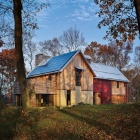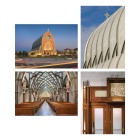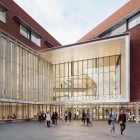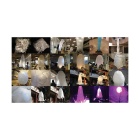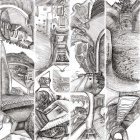Alumni Stories
Graduates of the School of Architecture and Planning carry the qualities of next-generation leaders: grit, courage, enterprise, and collaboration. It's why our graduates are asking the questions no one else is asking, and turning those ideas into action. It's why UB graduates are leading the profession's most emergent areas of practice.
From Buffalo to Shanghai, our more than 6,500 alumni are leading the way through inspirational practice. UB graduates hold diverse positions of influence across our professions, from firm executives and government officials, to real estate developers and historic preservationists, to community activists and the heads of design research enterprises.
We invite all alumni to share your stories of innovation and impact. Submit your work today.
Explore More Alumni Stories
The 50+ Alumni Exhibition celebrates innovations in practice led by graduates of the School of Architecture and Planning in honor of our 50th anniversary. Curated from submissions by alumni across our programs, the exhibition features 50 alumni, in 50 images, over 50 years. The exhibition was mounted in the Hayes Hall Atrium Gallery and is included in an online gallery of alumni work. View the work








































